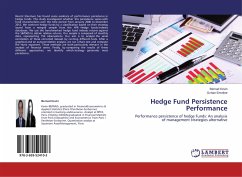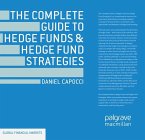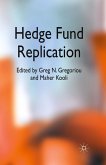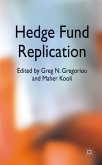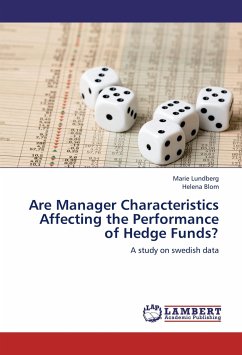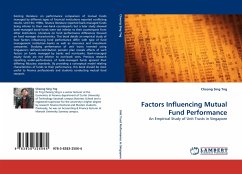Recent literature has found some evidence of performance persistence in hedge funds. This study investigated whether this persistence varies with fund characteristics over the time period from January 2000 to December 2012. We confront hedge funds by a classification based on their strategy issued from a merged sample from the HFR Hedge funds Indexes databases. We use the benchmarked hedge fund indexes returns against the S&P500 to obtain relative returns. Our sample is composed of monthly data, representing 154 observations. Our aim is to analyze the serial correlation of these corrected dataset by running different tests. After a graphical and an autocorrelation analysis, we run a Runs test and compute the Hurst exponent. These methods are both particularly relevant in the analysis of financial series. Finally, by comparing the results of these different approaches, we identify which strategy generates most persistence.
Bitte wählen Sie Ihr Anliegen aus.
Rechnungen
Retourenschein anfordern
Bestellstatus
Storno

